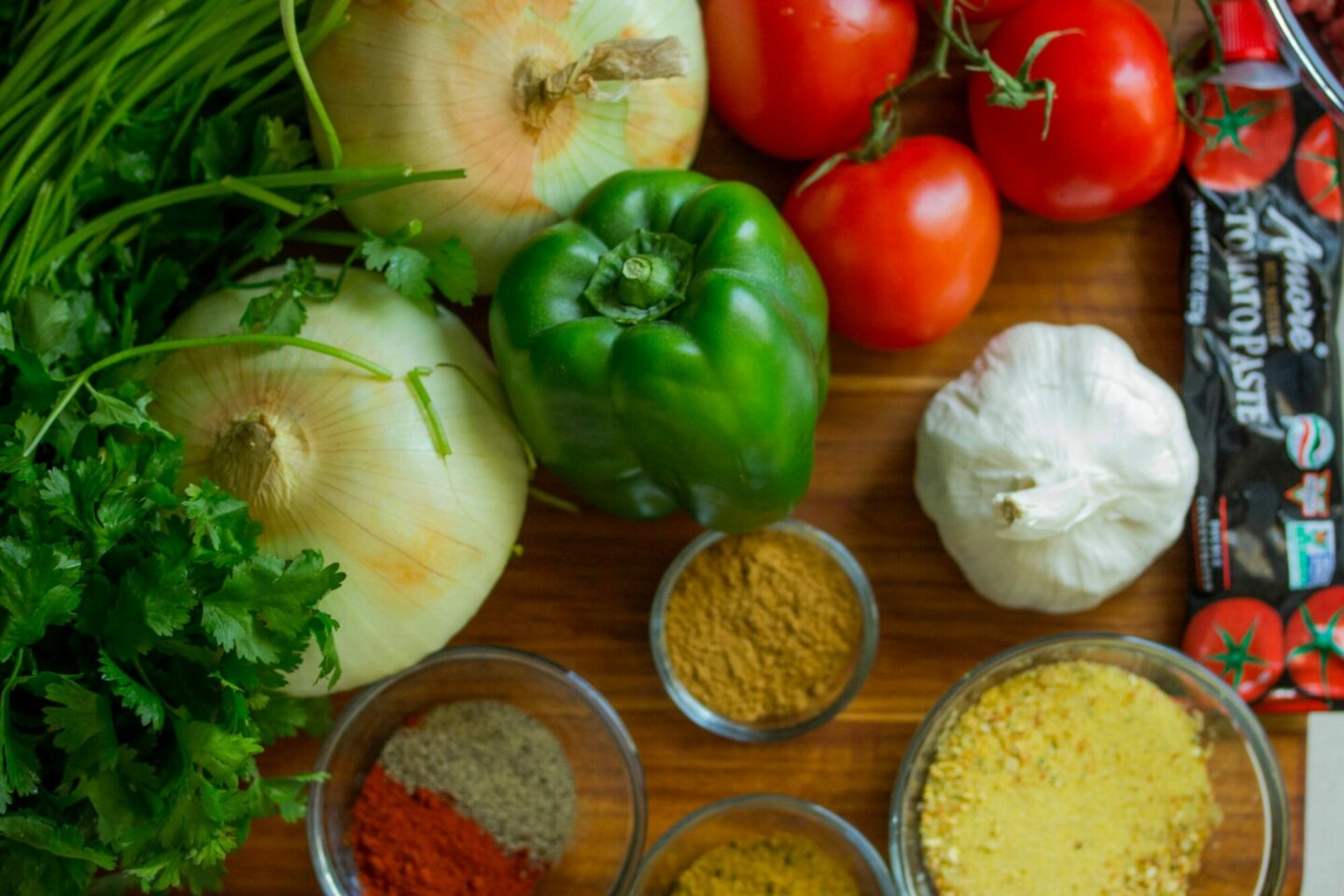The modern consumer is a savvy shopper, looking to save time and money, eat healthy, find a mega deal, and cook the next trendy Pinterest meal. To keep up with the growing demands that facilitate this experience, retailers must adopt evolved strategies and a digital presence that will engage consumers.
In the past, Brick and Mortar grocery stores were a staple that didn’t need much innovation to keep shoppers coming through the doors. Often their best selling point was their location, meaning they didn’t need to jump through hoops to have an edge over their competition. Those days are over and investments in new strategies and technologies are no longer just an option, but mission critical to grocery operations. According to McKinsey & Company research, two thirds of retailers expect to lose some share in the shift to digital, which is why many are looking for where they should start investing now. We’ve outlined the three trends that will help retailers reduce cost and invest in user experience.
Omni-Channel Experience
McKinsey & Company also noted that grocery ecommerce experienced more than five years of growth in just five months’ time during the pandemic and created a new habit that many shoppers have kept. The shopping flexibility is endless with ecommerce, allowing consumers to compare prices and products and easily find promotions and coupons, all while never having to turn around and go back to the grocery store after arriving home without an item on their shopping list.
Although ecommerce is now an essential option for consumers, it is not their sole choice. Consumers want the freedom to shop when they want, how they want and where they want. Retailers that can provide an effortless experience for shoppers in all different settings; online, in-store, pickup, delivery, etc., will stand out amongst competitors.
Cost-Effective Delivery
In this post-pandemic world, grocers are reassessing the online fulfillment costs, and focusing on how to better manage handling and delivery of groceries to turn a profit. Some retailers are experimenting with things like additional delivery fees for speedy delivery, order minimums, incentivizing large orders, and batching deliveries to alleviate the time and costs spent to make deliveries. Others are testing out subscription services with unlimited delivery, giving the regular online shopper the opportunity to save on delivery costs, and the retailer a customer locked into their environment. To make the most of a subscription, consumers will find reasons to purchase from you, instead of alternatives.
Also worth considering is the process for delivery itself and where costs can be cut. Shaving down on packaging dimensions and weight – especially with cold/frozen deliveries – by using thermal packaging, instead of hard sided coolers can save costs, if shipping. Retailers can also cut down on costs for cold delivery by ditching dry ice. This most used refrigerant is a nagging, continuous cost weighing down retailers. Instead invest one-time in phase change material, reusable cold packs that can guarantee the quality of cold and frozen food delivery for a long time. These are also a great option instead of using a refrigerated delivery vehicle that takes more energy and gas to operate.
Technology
Not even the grocery industry can hide from the benefits of and demand for more technology enabled operations. Although technology can be an unknown and often large investment, the results pay for themselves. Going back to the first trend outlined, consumers want an omni-channel experience, and technology is needed to support that.
Technology investments that will improve the consumer experience include self-checkout, mobile scan and go, payments innovation to improve personalization and efficiency, and of course, an automated ecommerce site. Other investments can save retailers a buck too. Using technology and even robots to handle some of the more mundane tasks of grocery operations, frees up workers for other things, including great customer service. These include digital shelf tags; robots that stock shelves, clean up messes and more; and internet of things (IoT) sensors that monitor refrigerator and freezer temperatures to ensure the quality and safety of food.
To remain competitive, leading grocers will have to differentiate themselves through innovative strategies and technology.



